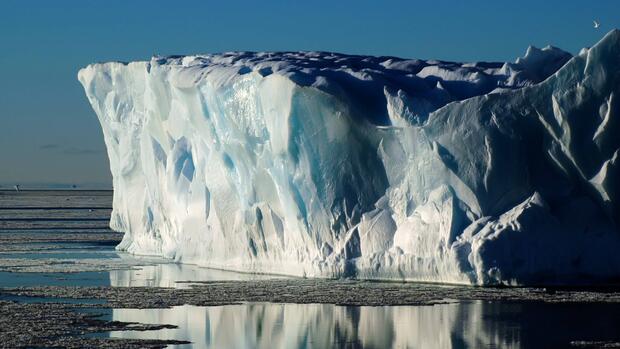Extreme travel is on the rise.
(Photo: imago stock&people)
new York The adventure ended in tragedy for the five passengers on the submersible. All five occupants of the “Titan” died during their journey to the wreck of the Titanic, the US Coast Guard said on Friday.
The tragedy highlights an industry that has experienced massive growth in recent years. Wealthy tourists in particular are looking for more and more extreme travel destinations – and are willing to take high risks to do so. Whether deep sea diving or a flight into space – what people could only experience in Jules Verne books is now available from 100,000 dollars.
A study by Grand View Research put the global adventure travel market at $282 billion in 2021 and expects annual growth through 2030. The US accounts for almost $43 billion of this market. The so-called “hard adventure” market, which involves more risks than skiing or rafting, accounts for around a fifth of this.
Diving in Antarctica, climbing Mount Everest or hiking with gorillas in Rwanda is no longer just the preserve of researchers and alpinists. Especially people who can afford almost all material things are willing to pay a lot of money for extraordinary trips.
Companies like Amazon founder Jeff Bezos’ Blue Origin even offer commercial trips into space. The one-hour flight is available for $200,000 to $300,000.
Tour operators like “White Desert” fly their customers to Antarctica in private jets. For this season, the organizer has only five places left. Seven days of penguin watching at the South Pole currently costs $98,000. With Untamed Borders, on the other hand, you can book a tour of Afghanistan for just under $3,000.
Extreme trips are in trend: policies for adventure travel insurance are booming
In view of the risks, more and more organizers are taking out policies with insurers – for example for motorcycle tours through Patagonia and Mount Everest expeditions. Adventure and luxury travel policies are currently growing the fastest, Dan Richards, CEO of insurer Global Rescue, recently told the Wall Street Journal. “There is no doubt that the risks that customers are taking are greater than in the past.”
This is also confirmed by figures from the travel insurance broker Squaremouth.com. According to this, the number of adventure travel insurance policies sold increased by 28 percent from 2019 to 2022. Above all, trips to the Antarctic or safaris in Africa are in greater demand – and with them the interest in insurance.
The high-risk diving trip to the wreck of the Titanic, which ended in the fatal accident, would probably not have been insurable at all, the operator Oceangate recently explained. Because the wrecked submersible “Titan” was not classified. Dive boats are in an unregulated area of law. While there are government organizations like the American Bureau of Shipping that scrutinize submersibles. However, the “Titan” could not be accepted as a self-construction.
>> Read also: Ex-Oceangate employee fired after security breach warning
The question of who pays for the costs when high-risk trips end in disaster is also unresolved. In the case of the “Titan”, the American taxpayers in particular are likely to bear the multi-million euro cost of the rescue operations. Retired Admiral Paul Zukunft, who previously headed the US Coast Guard, told the Washington Post he doesn’t expect the operator to have to reimburse Oceangate. “It’s no different than when a private individual drives out and his boat sinks. We’ll go out and get him out. And we don’t send them an invoice afterwards,” Zukunft told the newspaper.
Both the USA and Canada had provided rescue ships, submarines, aircraft and sound buoys to rescue the occupants of the wrecked submersible. The US Navy had also sent the Fadoss deep-sea recovery system to the area.
Chris Boyer, director of the National Association for Search and Rescue, told the New York Times that the mission “is expected to cost millions.”
More: US Coast Guard assumes death of submersible occupants

